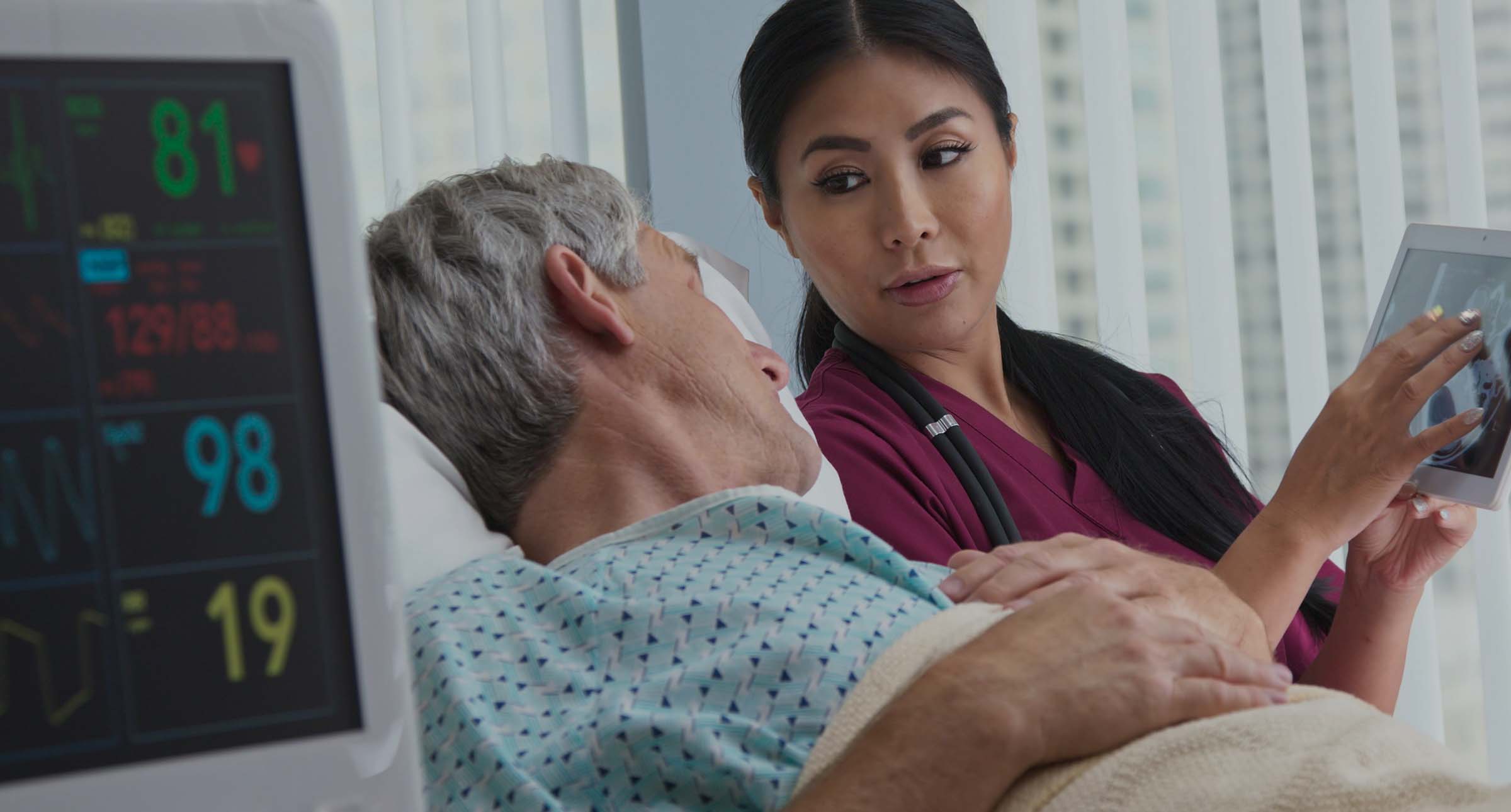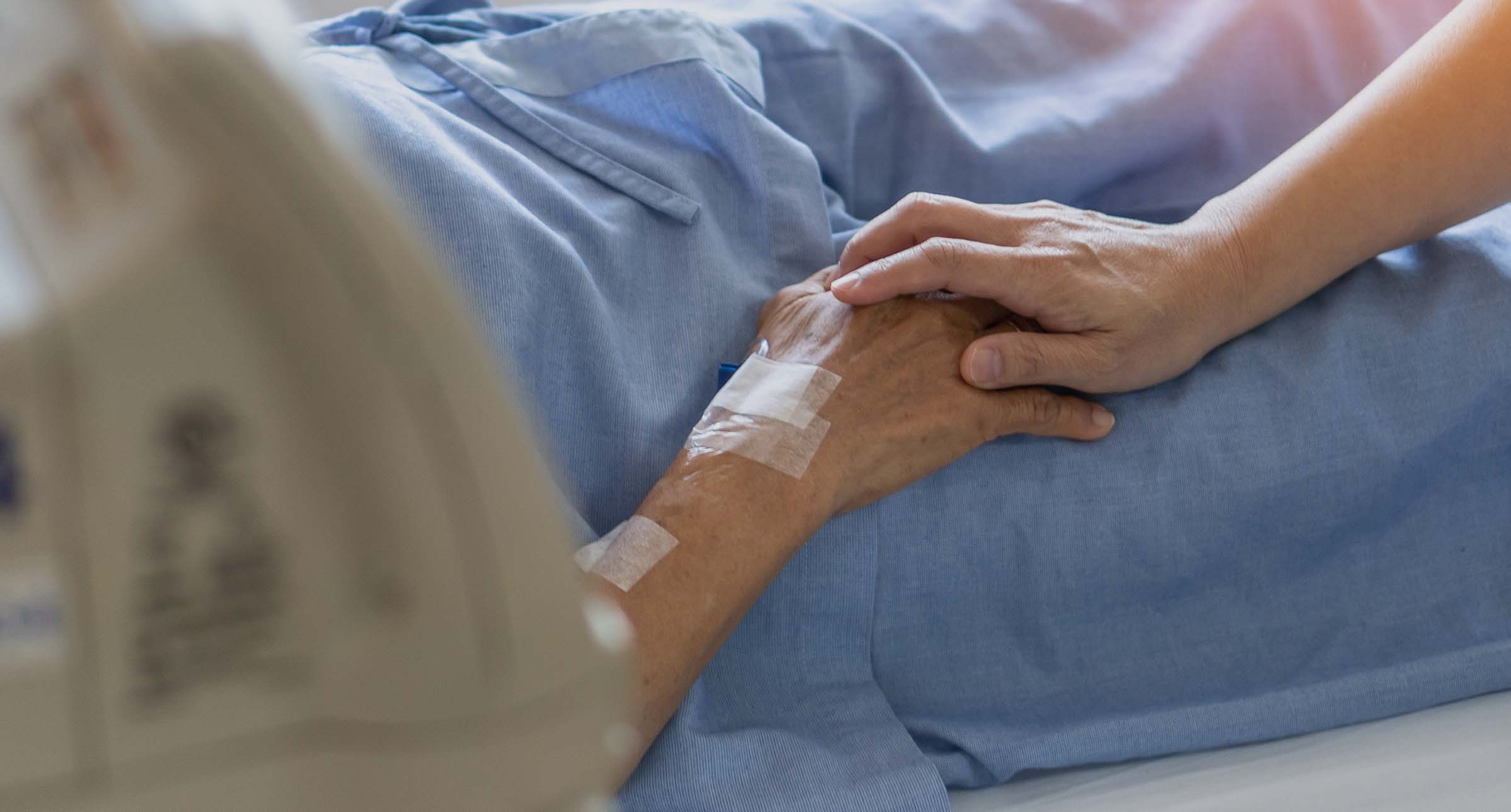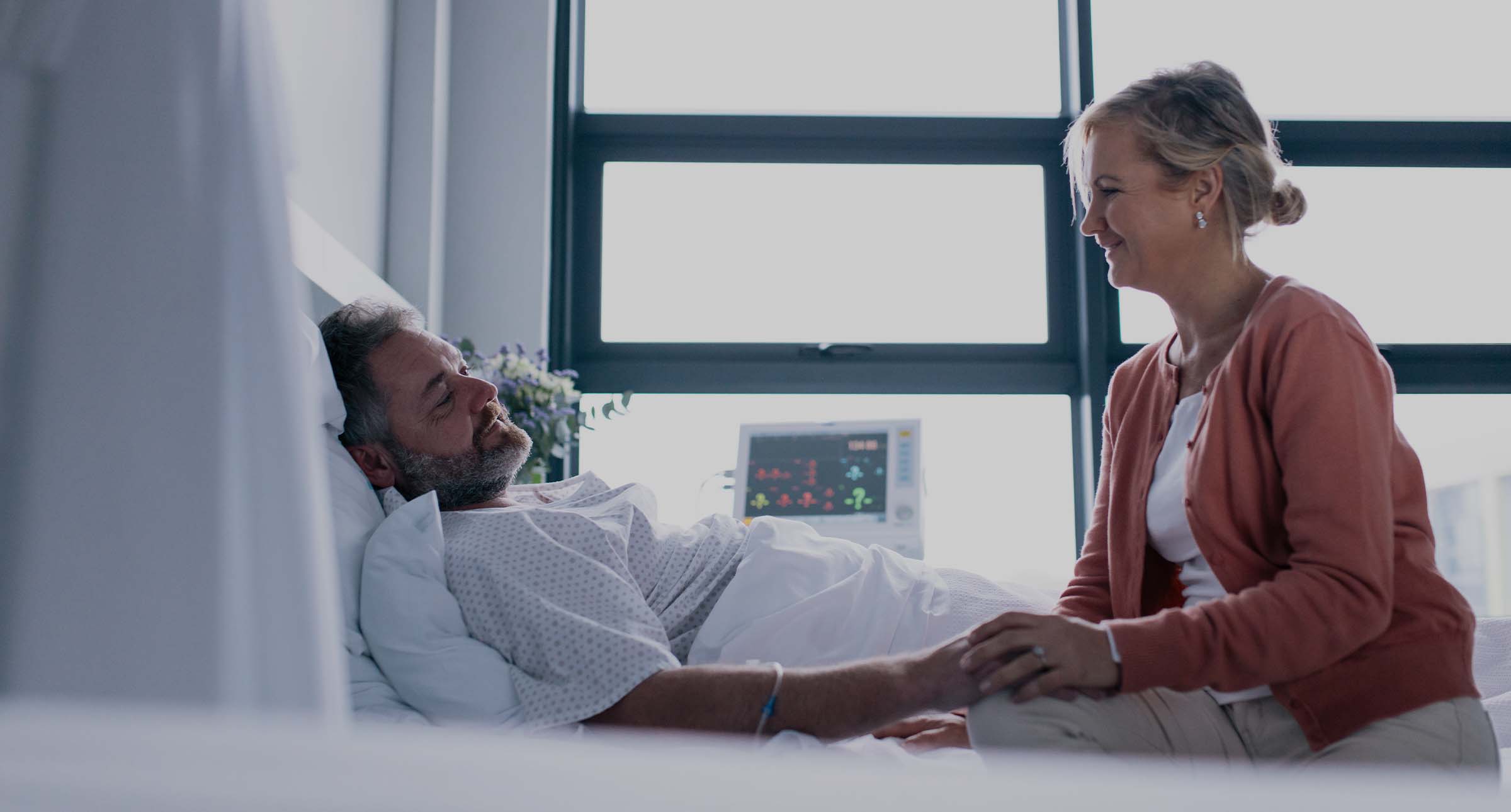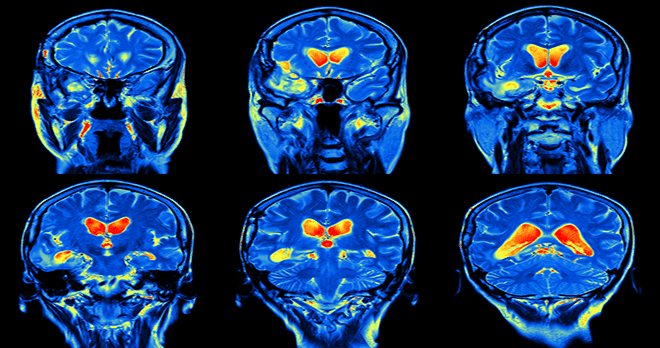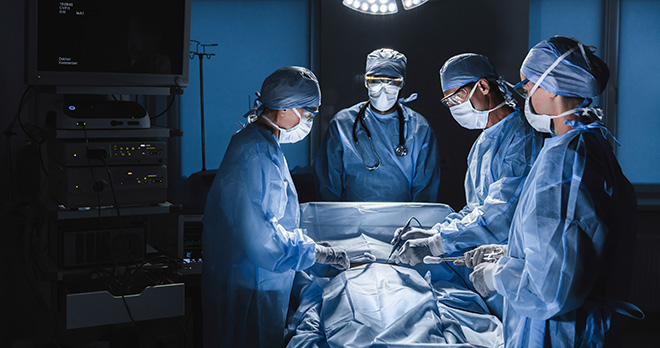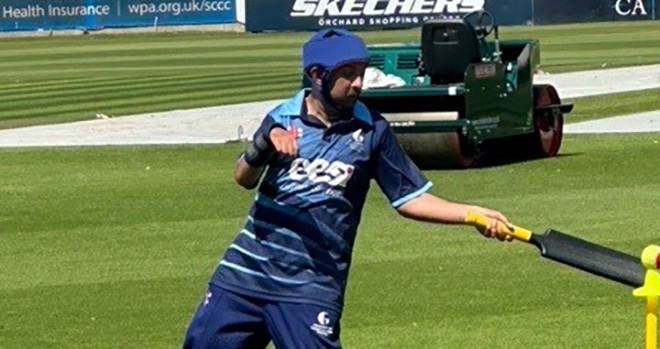The effects of subarachnoid haemorrhage and when to make a claim.

A subarachnoid haemorrhage is a medical term for bleeding on the brain. It is essentially a type of stroke and can be caused by a range of things, including a ruptured brain aneurism, a fall or by physical exertion.
Unfortunately, sometimes subarachnoid haemorrhages can be caused or treated improperly by negligent care, leading to long-term and life-changing issues for individuals and their families.
What should happen if a subarachnoid haemorrhage is suspected?
If a medical professional thinks you have signs or symptoms of a bleed on your brain, or something has happened, such as a fall, that makes them think this may be possible they should arrange for you to have a CT scan which will show them if there is any bleeding on the brain.
It’s important for medical teams to act quickly when there is a chance of bleeding on the brain as without treatment it could lead to continued bleeding or a reduction in blood supply to the rest of the brain, which can lead to a longer-term brain injury.
What are the long-term effects of a subarachnoid haemorrhage?
If someone has suffered a long-term brain injury due to a subarachnoid haemorrhage they may have cognitive impairments, such as issues with processing information, memory problems or concentration, and could develop other physical conditions such as epilepsy, headaches, fatigue or mental health conditions such as depression.
Can you drive after a subarachnoid haemorrhage? Can you return to work, caring responsibilities or hobbies?
The effects of a subarachnoid haemorrhage can vary widely depending on the cause, treatment received and the individual. Some patients recover reasonably well and be able to return to normal employment or caring responsibilities following a period of rehabilitation.
For the majority of patients, the impact is much greater and the prognosis less optimistic. Some patients will sadly die from their injuries, and for many of those who survive, returning to work, childcare responsibilities or hobbies may be out of the question, at least without significant support or adaptations being put in place.
As with other injuries which can affect your ability to drive safely, you must report having a subarachnoid haemorrhage to the DVLA (you can be fined up to £1,000 if you don’t). You should not drive unless the DVLA have confirmed you can. The DVLA will then investigate your injuries and the impact it has on you and confirm whether you are permitted to drive, or whether your license needs to be surrendered. Sometimes this is a temporary measure during the immediate recovery period, until they DVLA can be satisfied that your health doesn’t pose a threat to others on the road.
In serious cases this may be a permanent decision. Many people are reliant on their ability to drive in order to work, to care for dependants or for social and leisure activities so this can have a hugely detrimental impact on quality of life.
If you are able to bring a claim for medical negligence then compensation will be secured to remedy these issues as far as possible. This might include compensation for suffering, or money for practical things like rehabilitation, loss of earnings, alternative childcare arrangements or to pay for travel by other means if driving is no longer available.
Making a claim for negligence
We have helped people where sadly their subarachnoid haemorrhage has either been caused by medical negligence, or where the treatment they received after attending with a bleed has been negligent and caused them to have a much worse outcome.
Our client Colin contacted us after his wife passed away following a subarachnoid haemorrhage caused by unwitnessed falls she had whilst in hospital.
Sadly, her risk of falls had not been properly assessed and, as a result of this, prevention measures were not in place which would have decreased her risk of falling, and would likely have prevented her death.
When might someone have a valid claim?
Negligence claims can also be brought where someone has had a subarachnoid bleed (caused by something non-negligent) and the care they received to recognise or treat the injury is substandard. For example, where preventative medicines for vasospasm (cerebral ischaemia) are not given when they should be, or if the symptoms of such as drowsiness and weakness in one side are not recognised in good time.
Surgery may also have been recommended after a subarachnoid haemorrhage to repair the brain aneurysm or perhaps was not carried out within a suitable timescale or if the surgery itself was poorly performed. This can also lead to a claim for compensation, where this can be shown to haveadversely impacted the outcome for the patient.
If you’re worried that you or someone you know has suffered medical negligence, call us for a free discussion about investigating the care you received and finding out whether things went wrong and why.
Call now
More insights from our legal experts
View more articles related to Brain Injury and Medical negligence
